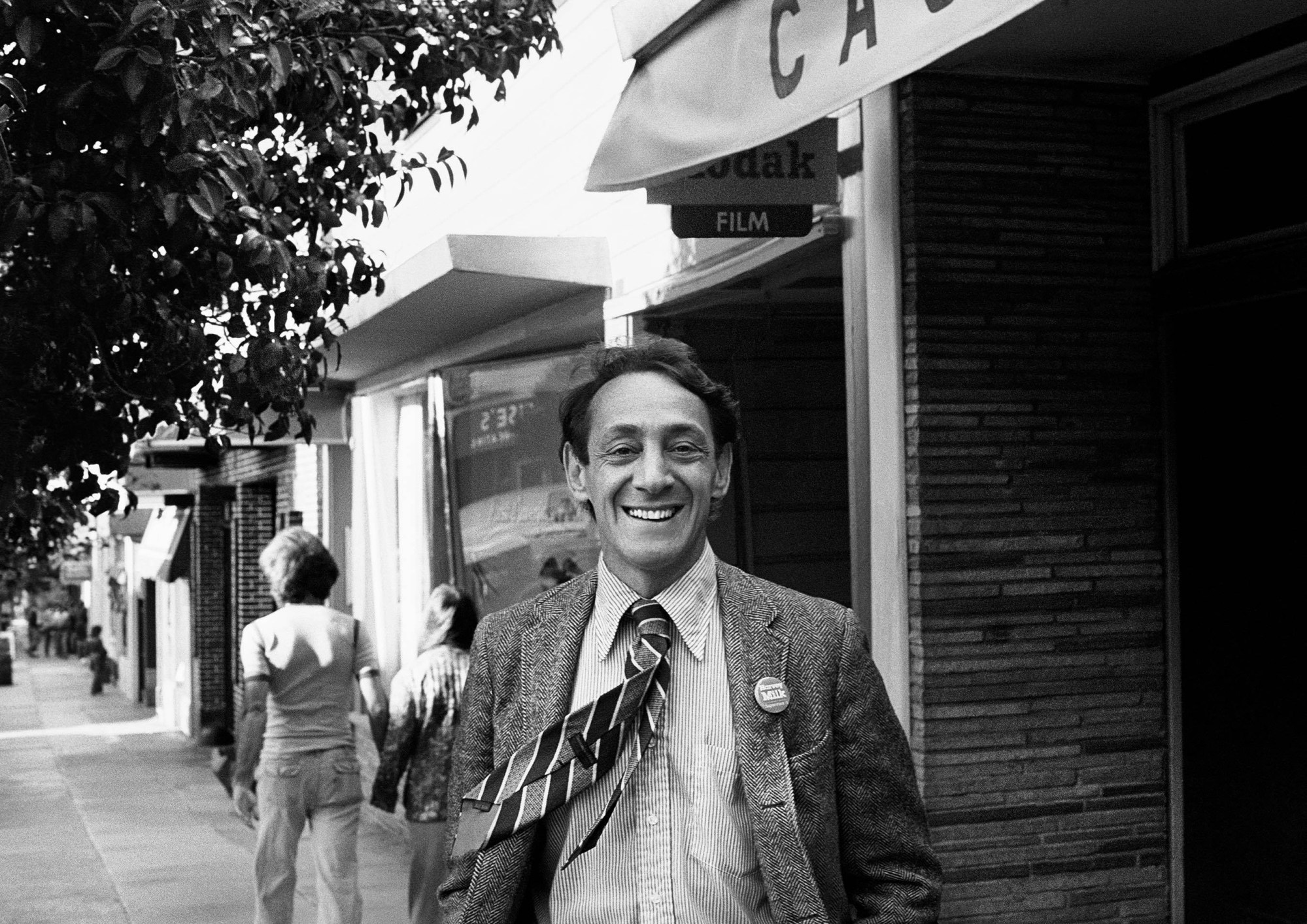Harvey Milk stands outside his Castro Camera store in San Francisco. There’s a smile on his face. The wind flutters his striped tie, which is swept to the side over his herringbone jacket.
This now-famous image of the late gay politician — whose LGBT activism and assassination were captured in the award-winning film Milk starring Sean Penn and James Franco — was almost lost to history. Photographer Daniel Nicoletta, Milk’s friend and mentee, shot the image as part of Milk’s 1977 campaign for the San Francisco Board of Supervisors. Milk had scrapped the photo because of the wind-bent tie, opting for a more traditional shot, in which it was straight, as his official campaign portrait.

Milk won the election. But in 1978, he was infamously killed alongside S.F. Mayor Moscone by Dan White, a former city supervisor. After his assassination, Nicoletta, sorting through Milk’s possessions with Milk’s partner Scott Smith, found the negative of the photograph sitting on top of a box filled with thousands of loose slides. It was like it had been waiting for them. Nicoletta examined the negative, and was immediately drawn in by the big smile of his late friend — and the tie.
“Something about the wind lifting the tie in the air evoked a sense of the passing of time,” Nicoletta said. “And that’s why that photo became the one that was meant to go out into the world.”
Today, the public can see a version of this portrait on a stamp; Milk posthumously made history by becoming the first out politician to be honored with one by the U.S. Postal Service in 2014. It’s also featured in its full glory in Nicoletta’s book, LGBT San Francisco. The sweeping tome chronicles over 40 years of the LGBT rights movement — largely in one of its epicenters.

In the book’s forward, Milk director Gus Van Sant called Nicoletta’s photography “a vital resource to the formation of Milk” – he used it as a visual reference in crafting the award-winning film’s story and set. Van Sant defined it as a “treasured artistic record of the people who initiated a movement from within their own neighborhood, and the work links that exuberant time to the larger history of LGBT people. This book is a very welcome addition to our enduring collective memory.”
And what a memory. In LGBT San Francisco, Nicoletta captures the historic events that swirled around Milk’s election, activism, and assassination, including the White Night riots, a violent LGBT uprising that occurred after Milk’s killer received a lenient sentence. Afterward, LGBT history unfolds in this book like a glorious Pride march through time. There are activists like Cleve Jones, icons like Lily Tomlin and Divine, drag queens, hustlers, gay bars, club kids, the leather lovers of the Folsom Street Fair, radical fairies, and portraits of hundreds of queer individuals who embodied the spirit of a burgeoning movement.

“There’s a lot of ground to cover for a 40-year trajectory, and such an important movement,” Nicoletta said of assembling the book with his editor Tony Nourmand. “I think both of us were surprised by the responsibility of that task.”
Nicoletta’s favorite photograph from the collection, which appears on the cover, epitomizes this spirit of queer liberation. In it, two gender-nonconforming men, Harmodius and Hoti, pose flamboyantly at the Castro Street Fair. The latter wears a flowered hat, pearls, and a shirt that declares “faggots are fantastic.”
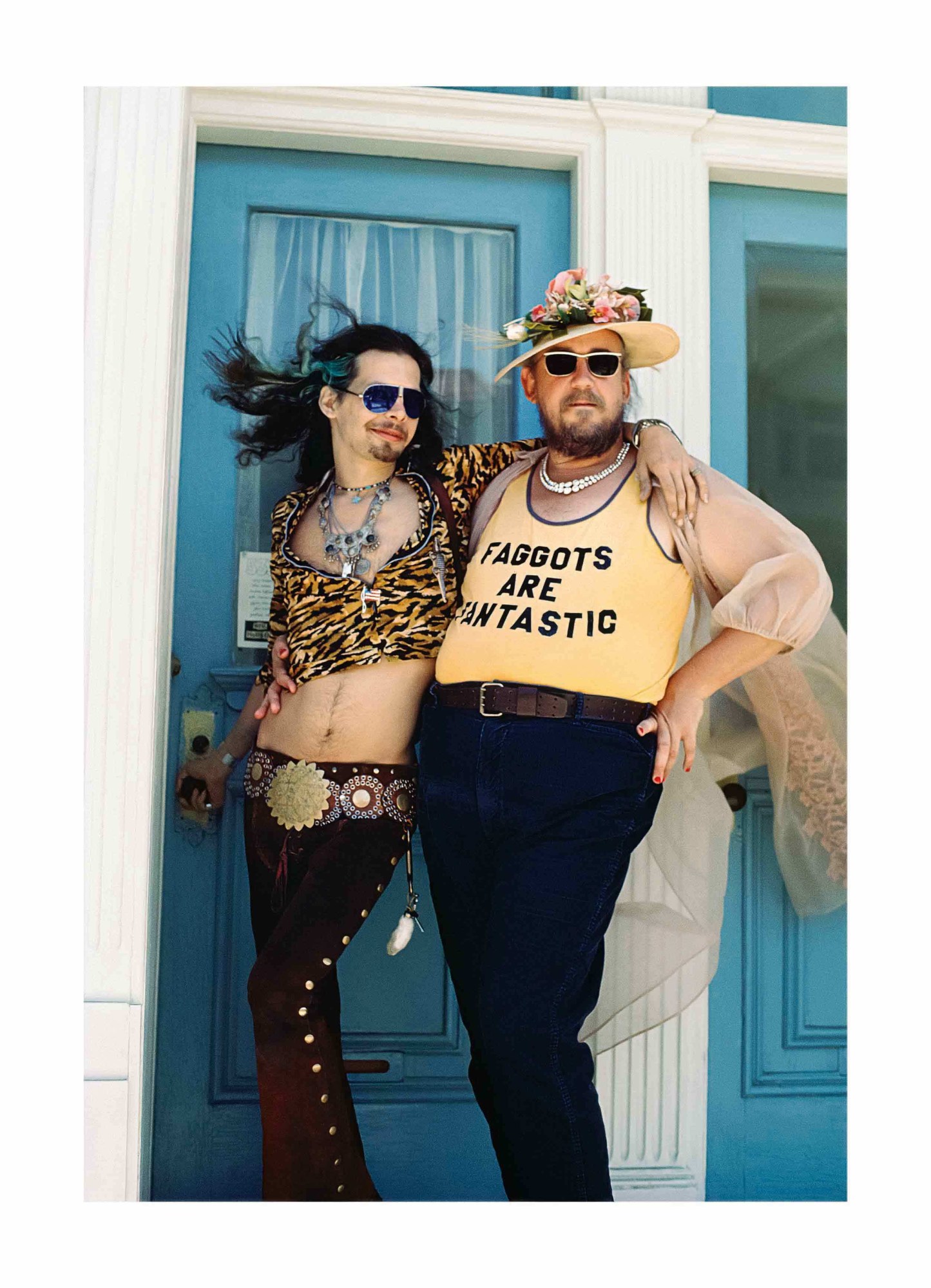
There’s also Nicoletta himself. The 63-year-old photographer is seen in the opening pages of the book in another era as a handsome young man. He’s wearing a t-shirt printed with a camera and holding a sash that reads “Miss Kodak 1969.”
It was Nicoletta’s love of cameras that first thrust him into Milk’s sphere. He first met the politician when he was 19 and a new arrival to San Francisco. He walked into Castro Camera looking for film, and he met a very friendly Milk and Smith at the counter. Nicoletta was impressed by their friendliness. Only in retrospect did he recognize that the Castro Camera owners may have had intentions other than good customer service.
“I was being cruised and I didn’t even know what cruising was!” Nicoletta recounted, with a laugh at his youthful naiveté. Regardless, the trio became friends. And a year later, Nicoletta was hired to work at the store, which became the headquarters for Milk’s campaign. It was the perfect vantage point to document the movement blossoming around them.
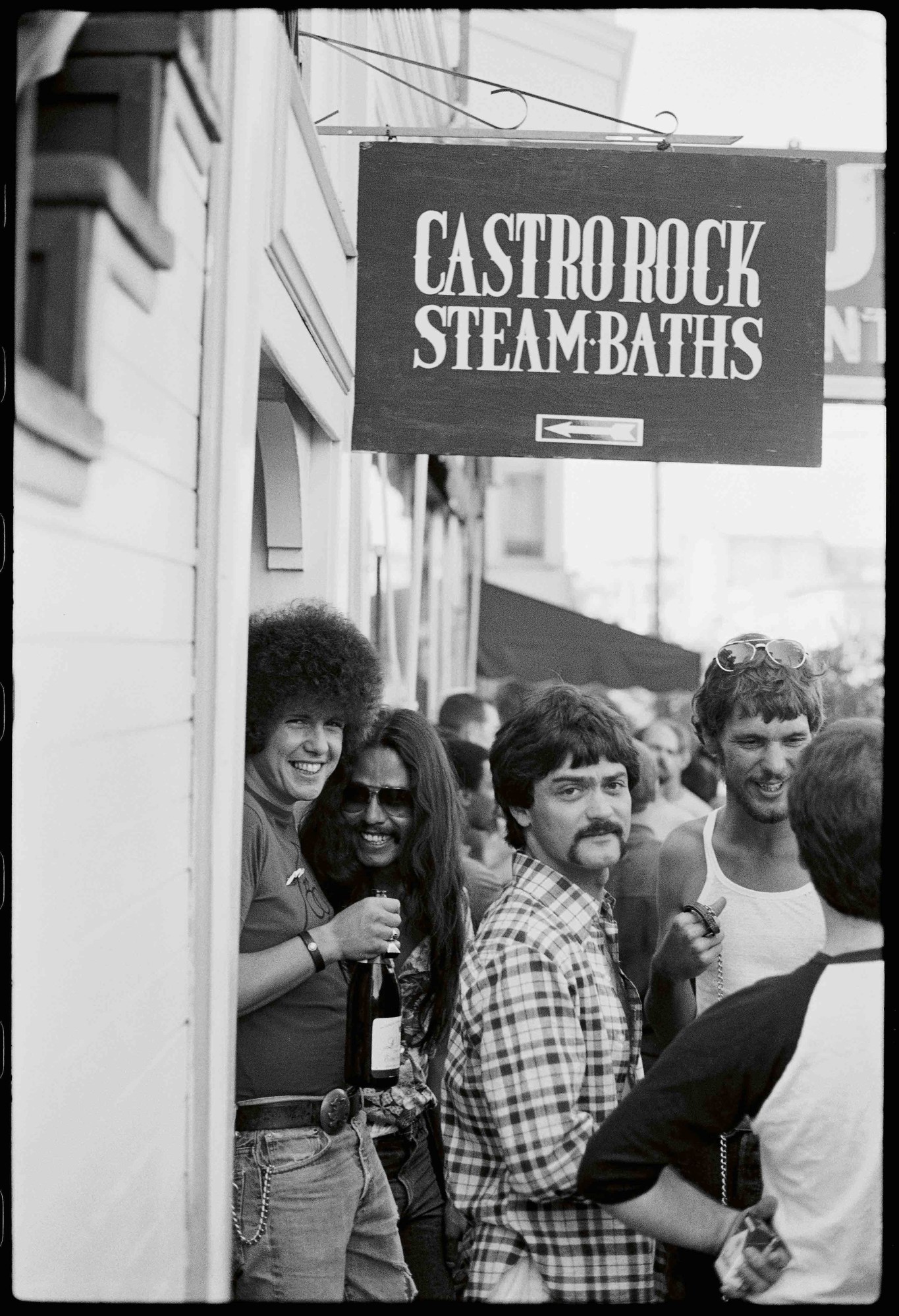
“For a kid that age — to get a job in the Castro and in the hub [of] Castro Camera was really a life-changing moment,” Nicoletta said. It also secured him a place in film history. Nicoletta’s presence there, and his role as photographic record-keeper of the events that unfolded, led him to be hired as consultant on Milk. He was also included in the film as a character brought to life by actor Louis Grabeel. Nicoletta documented the making of the production with photography — and many of the stills also appear in LGBT San Francisco in side-by-sides with the original historic scenes.
Not all of the photography in the book is easy to see. For Nicoletta, some of the most difficult images to revisit were those that chronicled the AIDS crisis. There’s activist Cleve Jones gazing at the AIDS Memorial Quilt, which honored those lost to the epidemic. ACT UP protesters, rebelling against government inaction, are carted off in police vans. A man in a leather jacket walks down a long hospital hall, his hand holding a teddy bear by one ear.
“I shouldn’t be here today,” remarked the gay photographer, who lost many of his friends and contemporaries to the AIDS crisis — including Milk’s partner, Smith, who died in 1996. “So there’s this really complex, immediate visceral response to the conversation about AIDS.” Even after seeing clips of Milk ahead of its premiere, Nicoletta became a “waterfall of tears” after seeing the portrayals of his late friends.
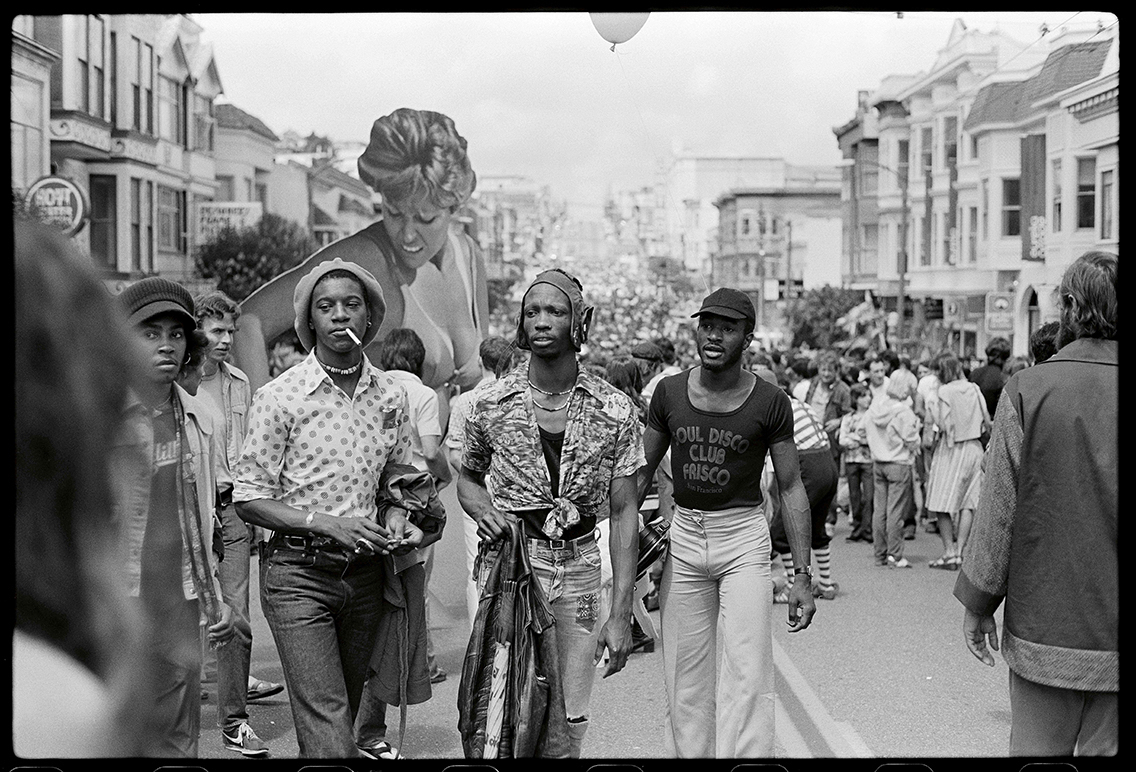
“There was something about the movie itself that reawakened the actual drama and the mourning of Harvey and Scott,” he said. Sensing that others from his generation who advised as primary sources on Milk might have similar reactions, he alerted Jones of his own tearful response. As a result, Van Sant set up a private screening for the activists in advance of the official premiere, which Nicoletta called a “lovely gesture” that understood the sadness of the survivors.
Nicoletta hopes his own photographs inspire a new generation of activists, especially in an era when LGBT rights are under attack. The presidential election of Donald Trump, despite his promise of being an ally, has presented many setbacks for the LGBT community: the rollback of rights for trans students, the attack on the Affordable Care Act, and the absence of a plan to fight HIV nationally and internationally, to name a few.
“Times are getting harder,” said Nicoletta. With his book, he wants to remind people that “the ability to effect change is palpable regardless of the adversity. “
“I think that people on the frontlines today have the same kind of challenges, and I would hope the book would fire them up,” he said.
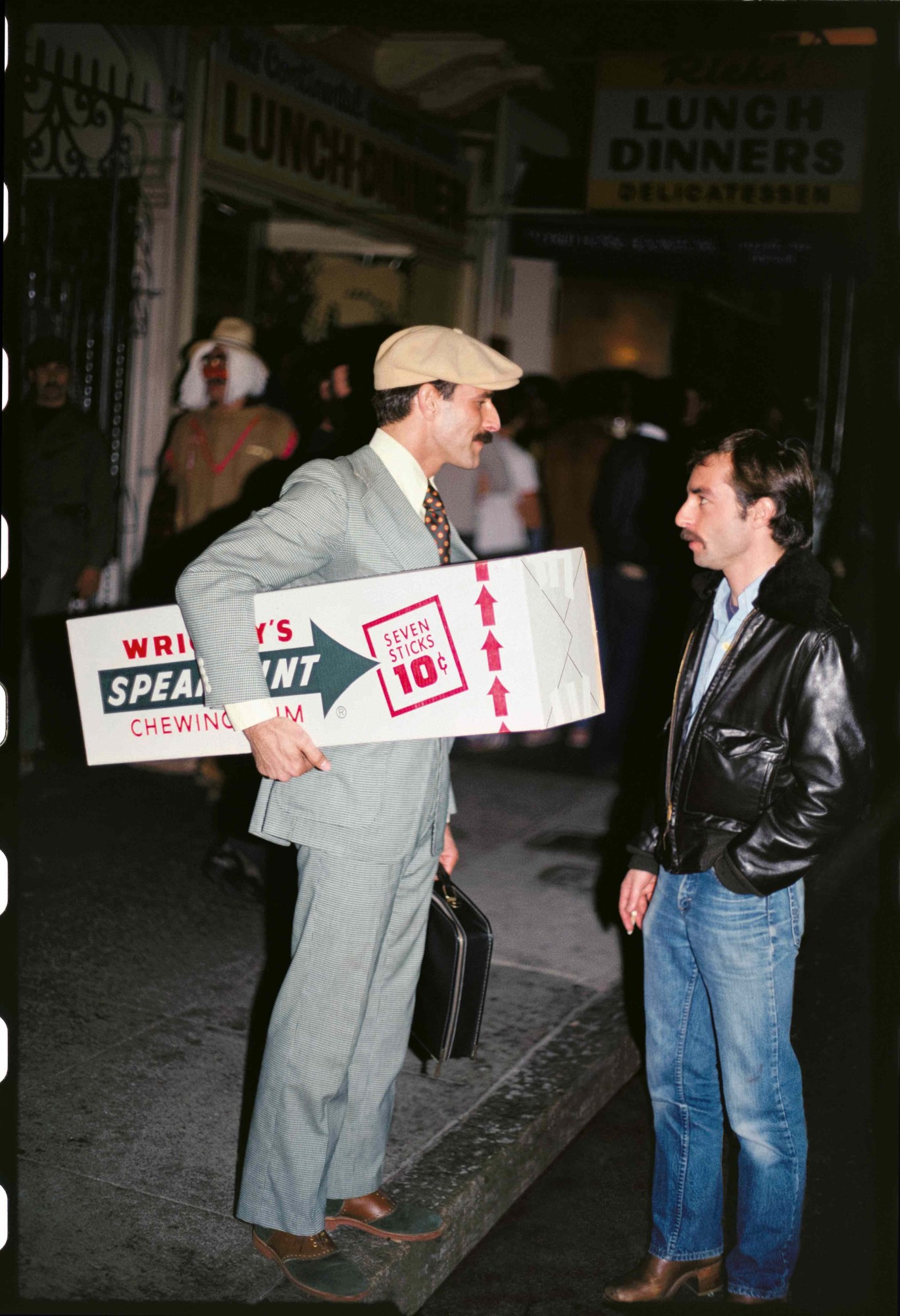
Credits
Text Daniel Reynolds
Photography courtesy Daniel Nicoletta
